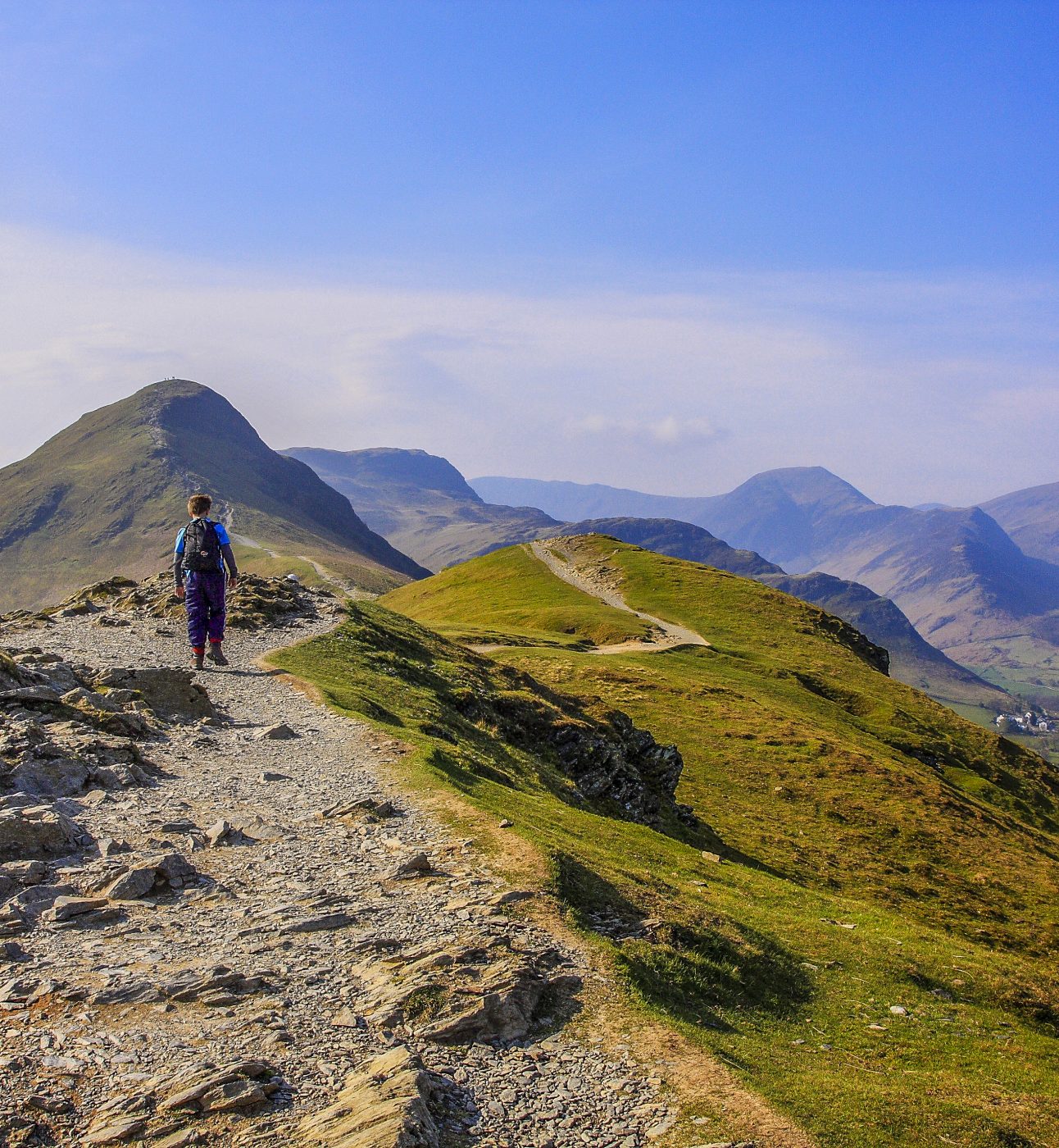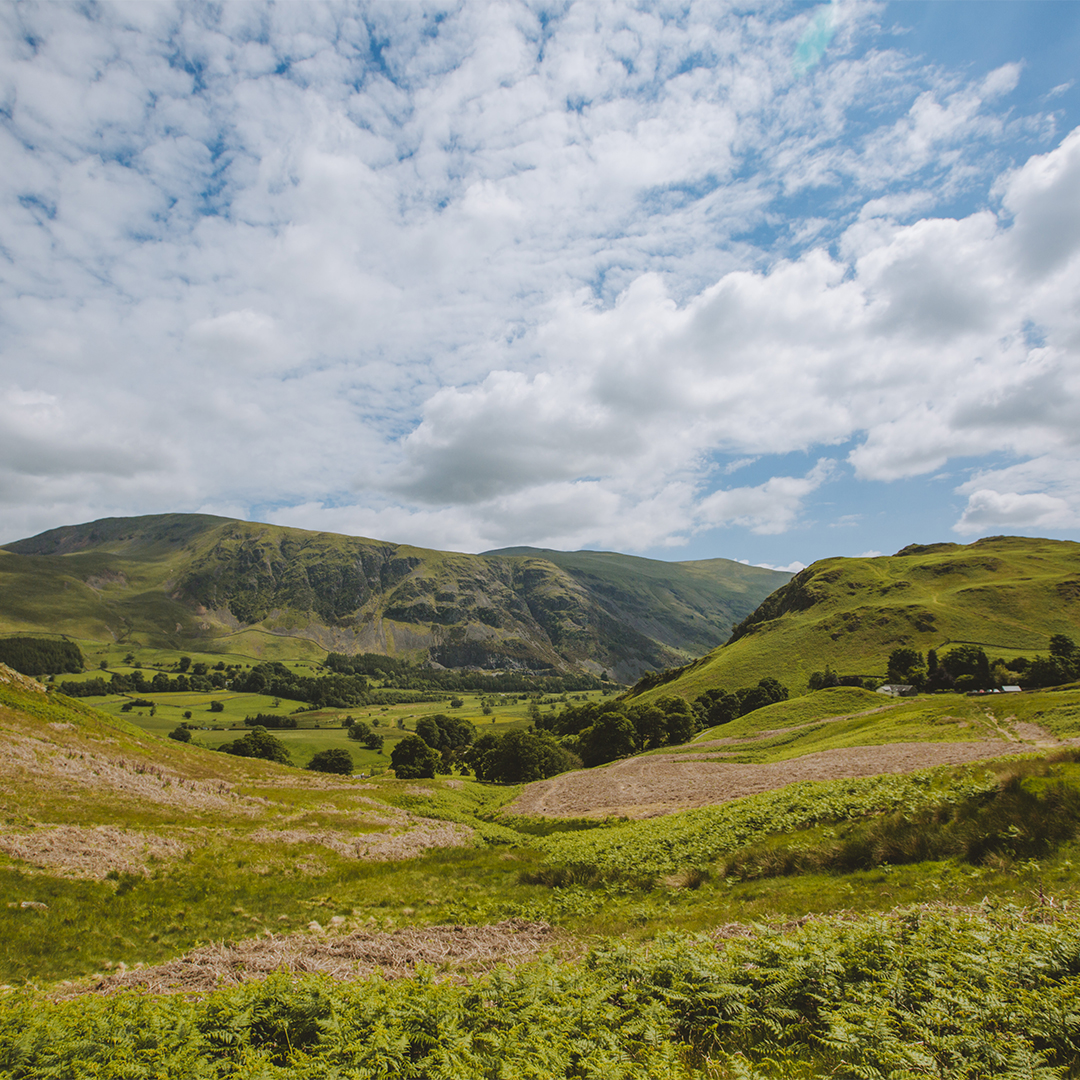
Who pays for the Lake District?
New report, commissioned by the Friends of the Lake District, shows how innovative new tourism schemes could better support the National Park

The Lake District is England’s largest National Park.
The Lake District National Park is home to some of England’s most impressive landscapes. The largest National Park in England and Wales, it is home to England’s highest mountain – Scafell Pike, and 12 of its largest lakes including the deepest at Wastwater and the longest at Windemere.
A UNESCO World Heritage Site, the Lake District has a rich blend of cultural heritage and natural wonders, making it a popular tourist destination for mountain climbing, sightseeing, water sports and hiking.
Designation: 09/05/1951
Habitats: Mountains, valleys, lakes, woodland
Common wildlife: Roe deer, birds of prey such as the buzzard, the osprey and the peregrine, waders including redshank, oystercatcher and curlew
Star spots: Red squirrels, badgers, otters
Notable towns and cultural sights: Keswick, The Beatrix Potter Gallery
Notable nature sights: Wastwater, Lake Windemere
Popular activities for visitors: Water sports, boating, hiking, hill climbing, stargazing
Highest peak: Scafell Pike at 978 metres (3210 feet)
Annual visitor numbers: 15.73 million in 2021
Threats: Water pollution, climate change, over tourism

New report, commissioned by the Friends of the Lake District, shows how innovative new tourism schemes could better support the National Park

The A66 TransPennine upgrade has been given the go ahead despite fierce opposition and changes to the Levelling Up and Regeneration Bill.

The 2023 National Park Societies Annual Conference was opened to a wider audience with the hope of bringing more diversity, passion and knowledge to the discussions.